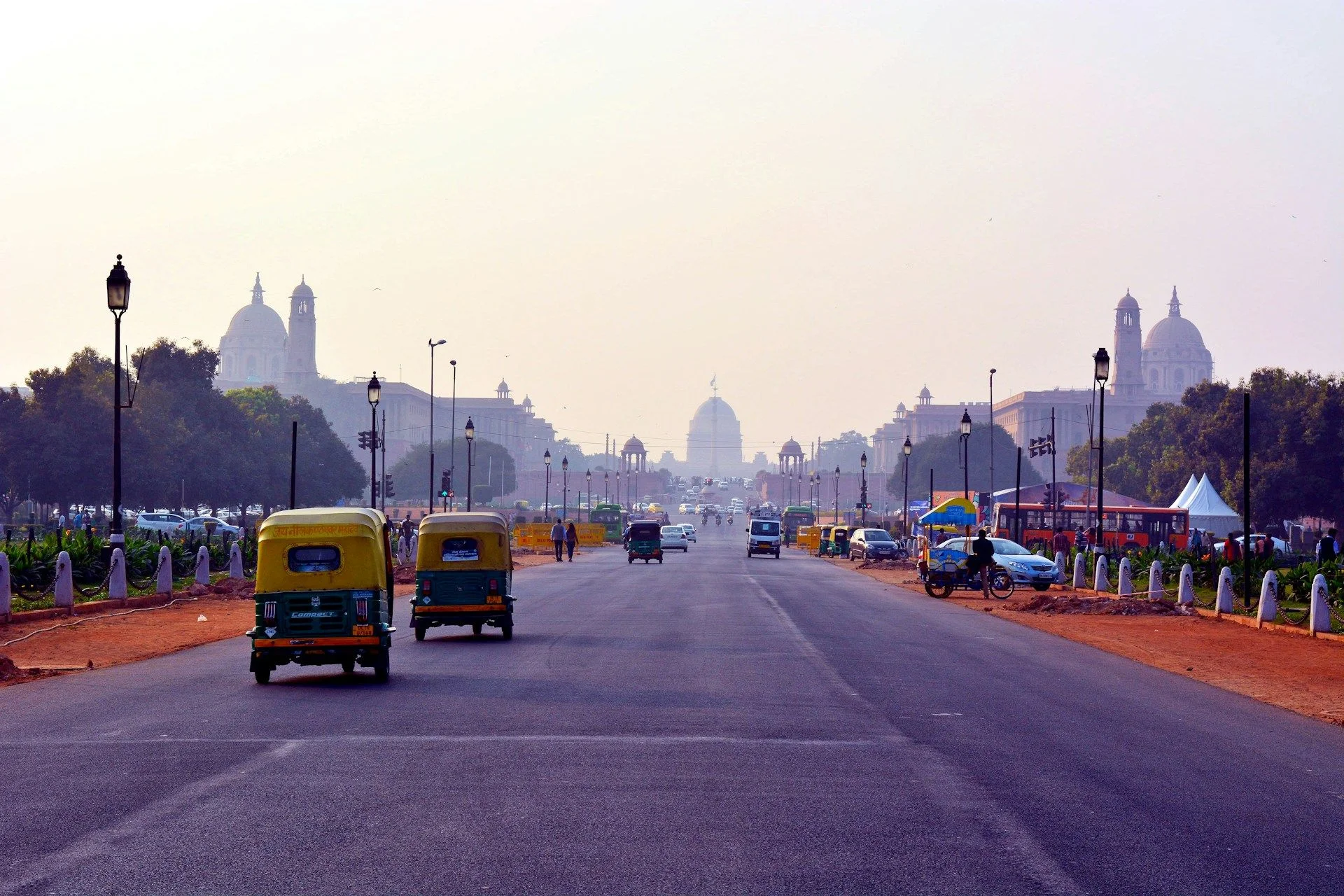Expertly Curated Resale Real Estate in New DelhiWide boulevards and livelyneighborhood centers

Best offers
in New Delhi
Benefits of investment in
India real estate
Vast and diverse market with urban opportunity
India’s tier-1 and tier-2 cities like Bangalore and Pune offer dynamic rental demand and price growth.
Booming middle class drives housing needs
Millions of upwardly mobile citizens fuel demand for both ownership and rentals.
Legal reforms improving investor access
RERA and digital land records make transactions more transparent and secure for domestic and international buyers.
Vast and diverse market with urban opportunity
India’s tier-1 and tier-2 cities like Bangalore and Pune offer dynamic rental demand and price growth.
Booming middle class drives housing needs
Millions of upwardly mobile citizens fuel demand for both ownership and rentals.
Legal reforms improving investor access
RERA and digital land records make transactions more transparent and secure for domestic and international buyers.

Useful articles
and recommendations from experts
Why Secondary Real Estate in New Delhi Appeals to Global Buyers
New Delhi, India’s storied capital and beating heart of South Asia, has rapidly matured into an international secondary real estate market that caters to English-speaking investors seeking both cultural immersion and robust returns. Secondary real estate in New Delhi—including resale apartments, colonial bungalows, and multiplex condominiums—trades 20–30% below the premiums of new launches yet offers turnkey occupancy, proven rental histories, and immediate access to established neighborhoods. With stable property-title registration under the Registration Act, competitive transaction costs, and strong demand from expatriate professionals, diplomatic families, and overseas-student renters, New Delhi’s resale sector delivers a compelling blend of lifestyle convenience and reliable cash flow.
Core Districts and Tenant Profiles
The resale landscape spans diverse micro-markets. In Chanakyapuri, diplomatic enclaves and ultra-luxury resale villas in walled compounds yield 3–4% gross on long-term corporate and embassy leases. Properties here command high per-square-foot rates but ensure blue-chip tenants and minimal vacancy. Nearby Jor Bagh and Golf Links showcase colonial-era bungalows with manicured lawns; these heritage homes, often over 70 years old yet meticulously restored, attract expatriate families and consulate staff, delivering 4–5% annual yields.
Greater Kailash (GK) I & II offers mid-rise condominium blocks with contemporary amenities—pools, gyms, children’s play areas—popular among relocating executives and affluent Indian diaspora returning home. Resale units in GK swap below off-plan rates by 20%, yet rental agreements easily reach 5–6% gross thanks to proximity to international schools (American Embassy School) and premium retail hubs (M Block Market). In contrast, value-add opportunities arise in Vasant Vihar and Defence Colony, where 1980s walk-ups and townhouse clusters can be upgraded—modern kitchens, smart-home systems—to boost achievable rents by 15–20%.
Legal, Tax, and Financing Essentials for Non-Residents
Foreigners can purchase secondary real estate in New Delhi without special approvals. Title registration occurs at the Sub-Registrar’s office, and due-diligence searches—verifying clear title, lien checks, and completion certificates—are typically completed within 4–6 weeks. Closing costs include stamp duty (5–6% of sale value depending on district), registration fees (1%), and legal/agent fees (1–2%), totaling approximately 7–9% of transaction value.
Key considerations include:
Stamp Duty & Registration: Varies by state and property value—Delhi’s rates range 5% (apartments) to 6% (plots/villas), plus 1% registration, favoring resale over primary projects taxed at similar rates but incurring additional GST on new builds.
GST & Capital Gains: No GST on resale transactions. Short-term capital gains (held under two years) taxed at slab rates; long-term gains (over two years) taxed at 20% with indexation—important for value-add flips.
Financing: Indian banks (HDFC, ICICI, SBI) offer mortgages to NRIs up to 70% LTV, with interest rates around 8–9% APR. Overseas buyers often combine local loans with bridge financing or FX-hedged structures to manage rupee volatility against USD/EUR.
Rental Regulations: Delhi’s RERA Act mandates timely agreement registrations and landlord-tenant dispute mechanisms; professional property managers ensure compliance, timely deposits, and standardized lease terms.
New Delhi’s transport infrastructure underpins resale premiums. The Metro network’s Yellow and Grey Lines connect North and South Delhi; properties within 500 meters of stations—such as at Qutub Minar (Yellow Line) or Hauz Khas (Yellow)—see 8–10% higher resale rates. The Delhi–Gurugram Expressway and the upcoming Regional Rapid Transit System (RRTS) boost commuter access from South and West Delhi suburbs, elevating demand in resale pockets near Chhatarpur and Dwarka Sector 21.
Expatriate and student populations sustain rental demand year-round. Embassy-affiliated professionals lease in Chanakyapuri; technology-sector employees and VVIP consultants favor Cyber City–adjacent resale apartments in South Delhi; university students at Delhi University and Jamia Millia Islamia drive occupancy in resale studio flats around Civil Lines and Lajpat Nagar.
Emerging micro-niches include resale heritage homes in Mehrauli, where adaptive-reuse into boutique guesthouses taps cultural-tourism flows to Qutub Minar and Mehrauli Archaeological Park, commanding short-stay yields of 8–10%. In Shivaji Place and Punjabi Bagh, modern resale apartments undergoing lobby refurbishments and façade lighting upgrades attract corporate tenants at 5–6% yields. By aligning acquisitions with infrastructure milestones—such as the planned expansion of the Airport Metro Express to the new Delhi Airport T3 terminal—and leveraging Delhi’s transparent legal environment, overseas investors can capture both immediate rental income and long-term capital appreciation through secondary real estate in New Delhi.
